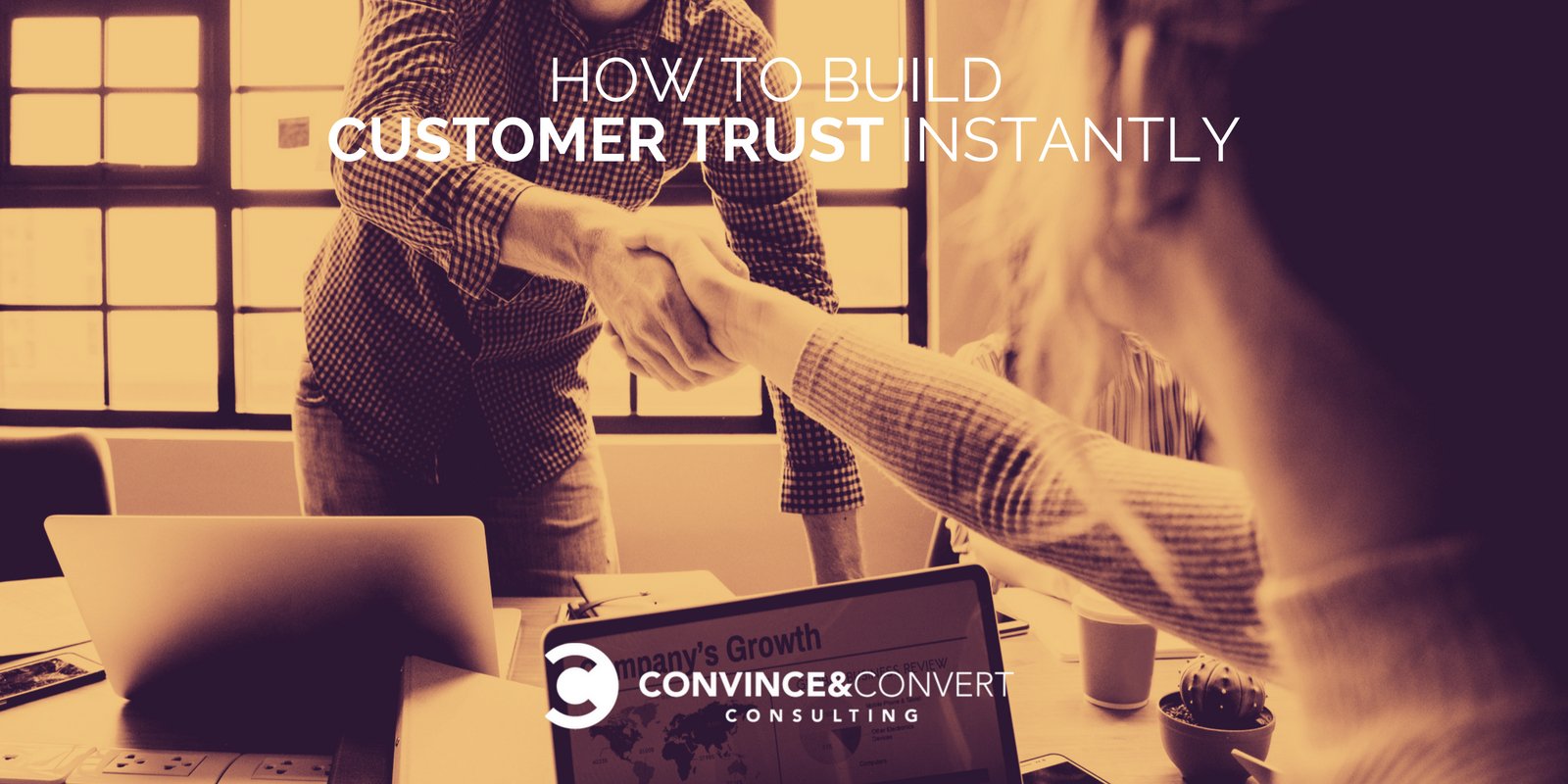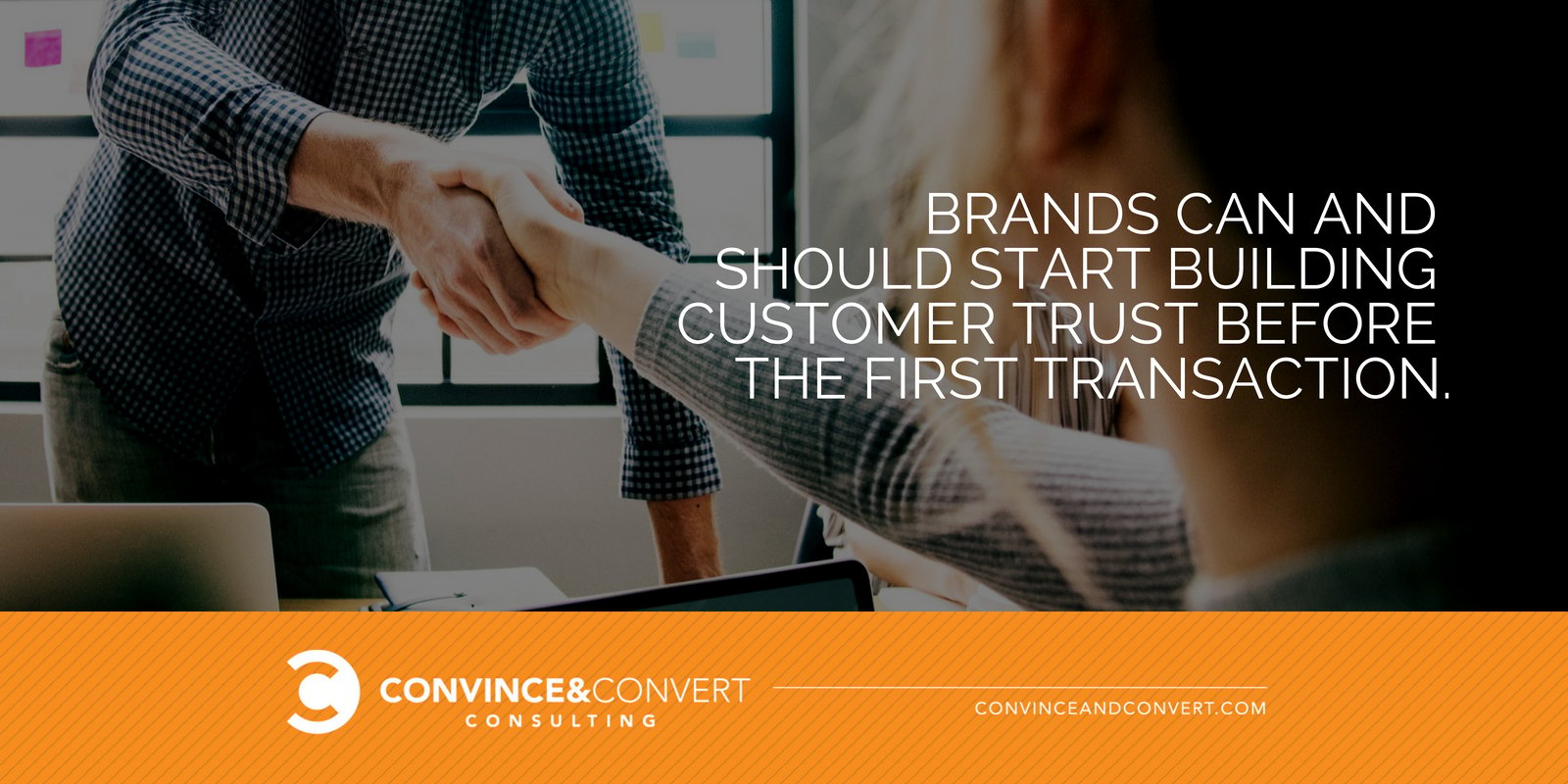
Oral surgery is, at best, a suboptimal way to spend an afternoon.
Uncertainty about the procedure is common. Concern about lingering pain is almost a given. Confusion about payment is typical, especially among patients without dental insurance.
Most oral surgeons and their staffs endeavor to answer these questions and quiet doubts when the patient is in the dental office. The best oral surgeons telephone patients the night after surgery to check on discomfort and residual bleeding and to confirm they’re following postoperative instructions.
But then there is Dr. Glenn Gorab of Clifton, New Jersey, who builds all-important trust with his patients not AFTER a procedure, but before he’s ever seen them.
How One Oral Surgeon Built a Trust Empire
Every weekend, Dr. Gorab calls each patient that is coming to the office for the first time the following week. His typical greeting is as follows: “Hi, this is Dr. Gorab, I know we have an upcoming appointment for you next week. I just wanted to call to introduce myself and ask if you have any questions prior to your appointment.”
This simple, remarkable gesture—connecting with a patient before he or she comes to the office instead of after—sets Dr. Gorab’s oral surgery practice apart and attracts constant attention.
Dr. Gorab says patients aren’t really sure what to make of the calls because they are so unexpected. “Most people are shocked that a doctor would call them prior to their appointment. They’re almost dumbfounded. It’s so out of the ordinary. They say, ‘No one has ever done this for me before.’”
These patients tell their friends about Dr. Gorab’s calls, and they deliver new patients through his front door on a consistent basis. His commitment to proactive customer service clones customers.
“I had two new patients just this week who said, ‘I understood from my friend that you were the guy that called her prior to the appointment, and I thought that was so nice, I wanted to come see you.’” These patients drove out of their way to visit Dr. Gorab, bypassing dozens of highly reputable oral surgeons located closer to their homes.
Dr. Gorab says 80 percent of patients mention the calls once in the office for their appointments. “They say, ‘Thank you so much for your call on Saturday.’ Or, ‘I’m sorry I wasn’t home to take your call. Thank you for leaving me a voicemail,’” he told us.
This is so simple. Quite literally every physician—every professional service provider, even—could mimic it, yet they do not. Why?
Because we have been conditioned to believe that customer service starts once the transaction has been completed, and the consumer has received the product or service.
A much better approach is to understand that the most impactful customer service is that which transcends the transaction, ideally preceding it.

Twelve South Gets Ahead of the Customer Trust Curve
Just this week, I had an outstanding experience with a company that—like Dr. Gorab—has changed the time horizon on their customer interactions.
A year ago, I bought the Apple AirPods wireless headphones. For a while after they launched, I thought the whole premise was stupid. I didn’t want to give in to Apple’s naked cash grab, triggered by wholly eliminating the headphone jack on the iPhone 7, 8, and X.
But I travel so much that the convenience of a wireless listening experience wore me down. I succumbed. Turns out, I LOVE the AirPods. The audio fidelity is good (not great), but the size, convenience, and ability to easily take phone calls won me over.
Lately, however, I’ve been on more long-haul airplane flights that have the media screens in the seat back in front of you. This presents a tiny dilemma (admittedly, a first-world problem in every way): Wireless, Bluetooth headphones don’t work with those screens. Consequently, even though I’m a big fan of the AirPods, I still have to carry wired earbuds to plug into the audio on the plane.
 The team at Twelve South—an innovative designer and seller of Apple aftermarket gear—decided to solve this issue by creating the AirFly, a Bluetooth transmitter that plugs into the airplane’s screen, and enables you to use your wireless AirPods. Smart!
The team at Twelve South—an innovative designer and seller of Apple aftermarket gear—decided to solve this issue by creating the AirFly, a Bluetooth transmitter that plugs into the airplane’s screen, and enables you to use your wireless AirPods. Smart!
Within about eleven seconds of receiving the email announcing the launch of AirFly, I had this gadget in my TwelveSouth.com shopping cart. Later that day, I was checking my upcoming flight schedule to try to predict when I would be able to try AirFly when I received an email from Twelve South.
I expected a shipping confirmation. But it wasn’t. It was much, much more, and it instantly reminded me of Dr. Gorab.
The email Twelve South sent wasn’t trying to sell me something else. It was 100 percent about building trust and doing so before the product was even received.
They provided a detailed guide—including animated GIFs and a video—showing me exactly how to set up and use the AirFly. The messaging at the top of the email was perfect:
Thank you for purchasing AirFly! We’re packing up your order and getting it ready to send. As soon as your package arrives, we know you’ll be anxious to get set up—here’s everything you’ll need to get started with AirFly.
Brilliant! This email builds anticipation for the arrival, while also cutting down on possible customer service questions downstream by providing help docs when the customer is MOST LIKELY to actually open and read the email—right after making the purchase.

Everyone can—and should—think about building customer trust ahead of time. It’s not difficult to do. You just have to change your perception of when the relationship and the trust-building can and should commence.
Bravo, Twelve South. I hope the product lives up to the promise. I think I’ll be able to give it a try next weekend, and I’ll update this post with my reaction.
The post How to Build Customer Trust Instantly appeared first on Convince and Convert: Social Media Consulting and Content Marketing Consulting.
from Convince and Convert: Social Media Consulting and Content Marketing Consulting https://ift.tt/2kjURmQ



No comments:
Post a Comment